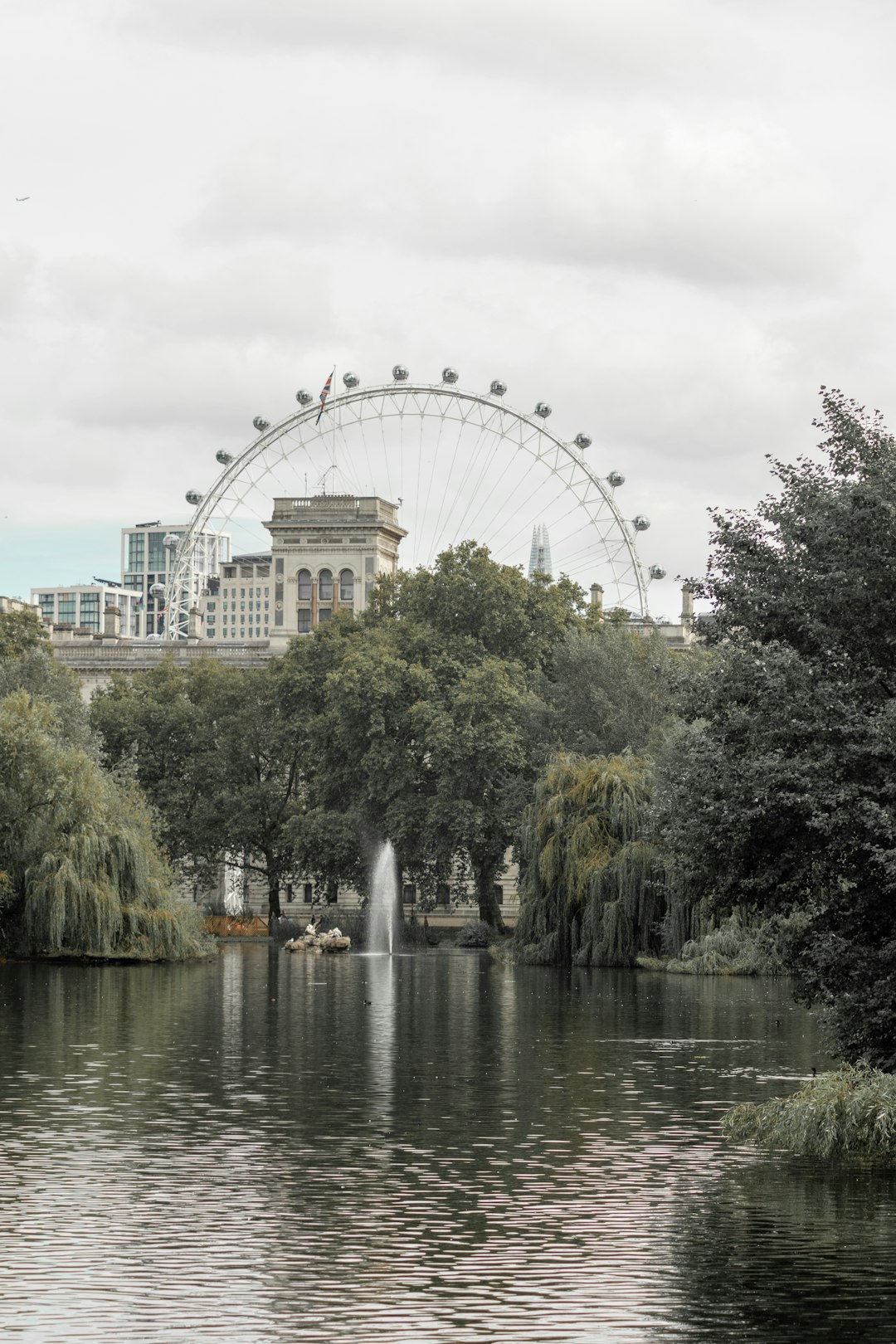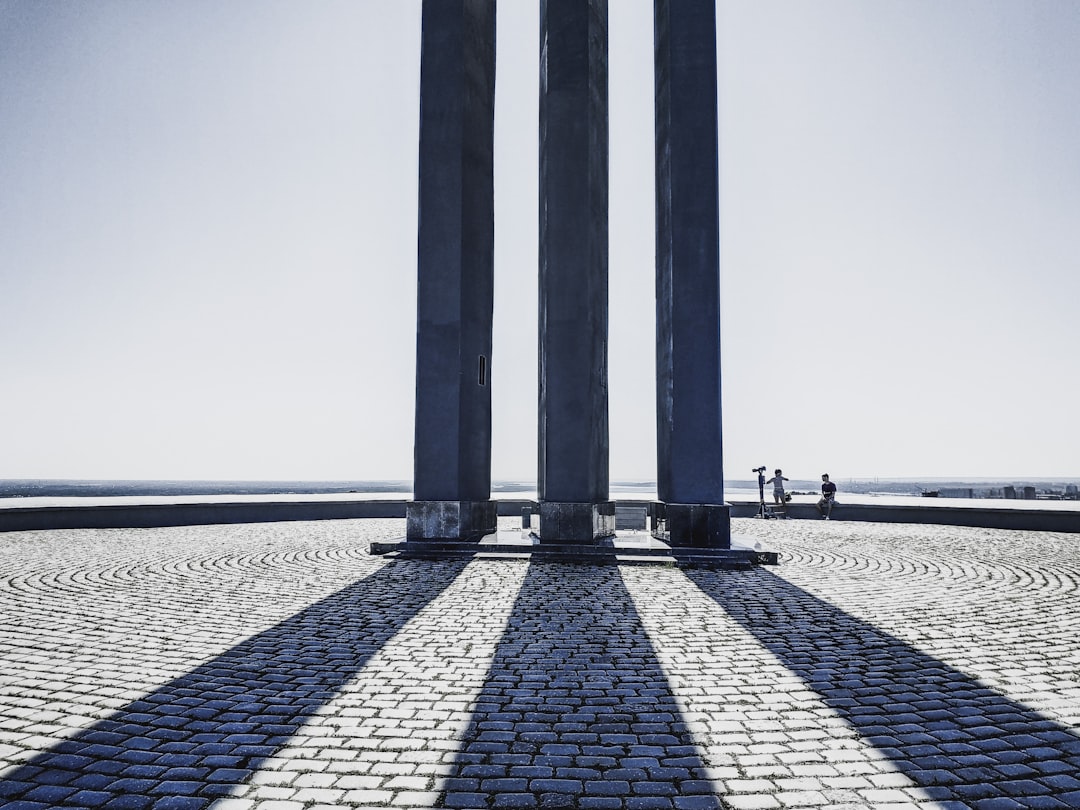
The Ultimate Monuments Experience: Exploring the World's Iconic Landmarks
## Introduction. Travel is more than just visiting new places; it's about creating unforgettable memories and immersing ourselves in different cultures. One of the most exhilarating ways to achieve this is through exploration of the world's monuments, which encapsulate the history, art, and architecture of their respective locations. From ancient wonders to modern marvels, these structures offer a glimpse into the human experience over centuries. In this article, we will delve into planning the ultimate monument-based travel experience, including tips on destinations, preparation, and unique experiences you won't want to miss. ## Choosing the Right Destinations. When it comes to monumental travel, the world is a canvas filled with breathtaking landmarks. Popular sites such as the Eiffel Tower in Paris, the Great Wall of China, and Machu Picchu in Peru rank high on travelers' lists. However, the key to an ultimate experience is not just hitting the popular ones but also discovering hidden gems. Research destinations that resonate with your interests—be they historical sites, artistic monuments, or culturally significant structures. Don't shy away from exploring lesser-known but equally fascinating spots like the Temples of Angkor in Cambodia or the ancient city of Petra in Jordan. Each monument tells a unique story, ultimately enriching your travel experience. ## Planning Your Itinerary. After selecting your desired destinations, the next step is to craft a well-organized itinerary. While it's important to allow for flexibility and spontaneity in travel, a comprehensive plan can significantly enhance your experience. Consider factors such as local climate, peak tourist seasons, and cultural events when scheduling your visits. It may be beneficial to group nearby monuments to maximize your time effectively. For instance, if you're in Rome, plan to visit the Colosseum, Roman Forum, and Vatican City in a single day to fully immerse yourself in the richness of ancient Roman culture. Make use of various travel apps and platforms that can help you plot out these locations efficiently while offering insights into local dining and lodging options. ## Preparing for Your Journey. The excitement of planning a monumental adventure can sometimes overshadow the necessity of thorough preparation. Ensure you check passport requirements, visa regulations, and necessary vaccinations for the regions you plan to visit. Packing efficiently is equally crucial; versatile clothing that can be layered is ideal for varying weather conditions. Since many monuments involve considerable walking or climbing, prioritize comfortable footwear. Don't forget essentials like portable chargers, travel guides, and a reliable camera to capture your journey. Additionally, make sure to learn some basic phrases of the local language; this can tremendously enrich your interactions and help navigate through local customs. ## Embracing Cultural Respect. Visiting monuments often takes place in sanctuaries of culture and significance. As such, understanding and respecting local customs and traditions is paramount. Prior to your arrival, conduct research on specific regulations linked to dress codes, photography permissions, and conduct during visits. For instance, the Taj Mahal has specific guidelines regarding visitor behavior and attire to help preserve its sanctity. Engaging with locals can offer insights and a deeper understanding of the cultural significance surrounding these monuments. Immersing yourself in local traditions enhances your overall experience and fosters goodwill. ## Unique Experiences and Activities. An ultimate monument experience extends beyond simple sightseeing. Consider participating in guided tours that offer expert commentary and innovative insights into the history and significance of each landmark. Some monuments, like the Acropolis in Greece or the Great Pyramids in Egypt, offer specialized tours at sunrise or sunset, providing an ethereal atmosphere for your visit. Numerous locations also host seasonal events or festivals that can offer a more thrilling and engaging perspective. For instance, experiencing Diwali at various temples across India gives not only a monumental but also a cultural feast for the senses. Be on the lookout for workshops or classes related to local crafts, which can further enhance your connection to the area. ## Conclusion. Embarking on the Ultimate Monuments Experience is not just about ticking boxes; it's about immersing yourself in the history, beauty, and culture that each landmark represents. By thoughtfully selecting your destinations, planning meticulously, and engaging respectfully with local customs, you can transform a simple travel itinerary into a rich, memorable adventure. Each monument holds stories from the past, urging you to explore not just what stands before you but the tales woven within its walls. So pack your bags, embark on your journey, and allow the wonders of the world to inspire your soul! ## Images Search Tags. World famous monuments and travel experiences. .








